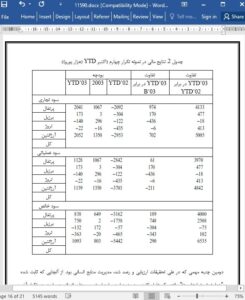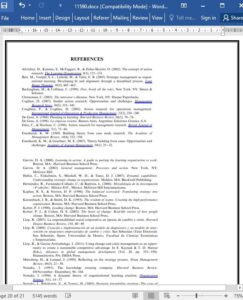ABSTRACT
This study examines fifteen business cases, focusing on change management in ten countries on three continents between 1996 and 2007. The companies are from different sectors (industrial and services), sizes (from 30 to 10,000 employees; from 1 million euros turnover up to 1,000 million euros), and different cultural and ethnographic backgrounds. The research, based in case studies and action research, introduces a model to implement strategic change in order to generate sustainable competitive advantage in companies under situations of deep change or crisis. From the conceptual point of view this model breaks some of the basic principles of strategy formulation. The model does not begin with a strategic diagnosis that influences the implementation of planned strategic decisions. The model begins instead after the detection of a need for deep strategic change, and forces outside the organization have already determined some of the required changes (market recession, for instance). The model is also atypical regarding the basic principles of implementing strategic change, because existing literature ignores competitive advantage during crisis management, probably because the firm’s executives assume that the firm has no competitive advantage, and only after the implementation of the required changes will conditions exist to create a competitive advantage. Nevertheless, the model introduces competitive advantage as a central element when managers implement change, and takes the long-term strategic requirements into consideration without forgetting the challenge for short-term management brought about by deep crisis.
STRATEGIC PLANNING AND CRISIS MANAGEMENT
Strategic planning and crisis management generate opposing approaches. Considering the first approach, strategic planners consider longer periods of time both in analysis and execution, and consider the existing business environment as relatively stable within a given period. Strategic planners analyze the internal resources, the external requirements, define specific action plans and mechanisms to control the evolution of these defined plans, expend time and resources to define vision and missions, balanced score cards, ratios, and gap closure plans. Strategic planning works from an established starting point and, from different perspectives in their analysis, identifies a goal and an ending point and the way to reach that goal (Kaplan & Norton, 1996; Porter, 1980).











